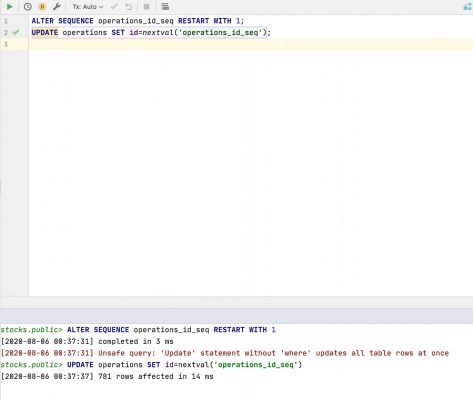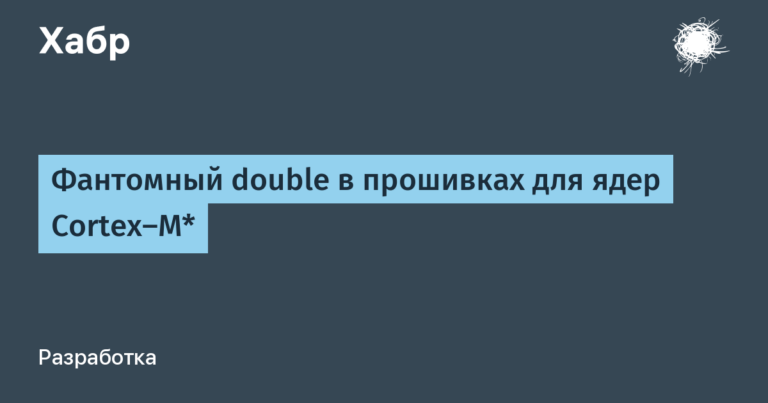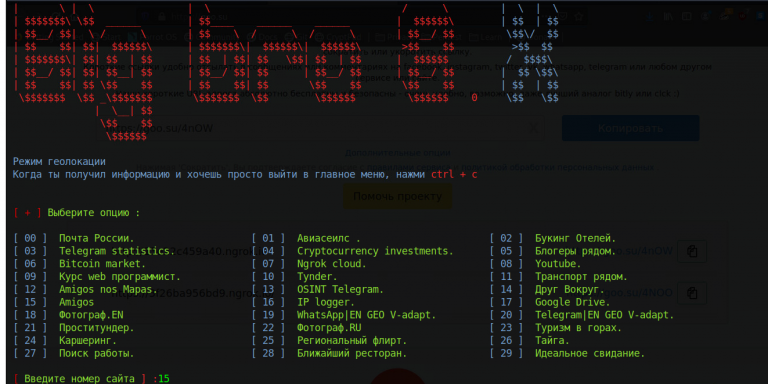How to Create Effective Architectural Documentation
In a world where technology is exploding, new digital products are being developed at ever-increasing data volumes and speeds. In fintech, these challenges are compounded by others, such as the need to meet stringent security requirements from financial regulators. Today, the success of a digital project is difficult to imagine without high-quality documentation that clearly organizes processes, providing the team with an advantage in a highly competitive market.
In this article, we will look at how you can create architectural documentation that will be useful and understandable for all participants in a fintech project: from business analysts to DevOps engineers.
Why separated documentation is important
In fintech, as in other high-tech industries, architectural documentation includes a description of the work environment and principles for creating products that the entire team can use.
However, different parts of the team have different needs for the information presented in the documentation. For example, analysts focus on data, trends, and business metrics, developers need technical details and coding tutorials, and the DevOps team focuses on deploying, scaling, and maintaining systems. That’s why creating documentation for each team provides relevant and useful information to the entire team, increasing its effectiveness. Next, we will look at the specifics of documentation for different stakeholders working on the product.
Features of documentation for business analysts
When working on a fintech project, business analysts focus on business processes and the user needs associated with them. Therefore, effective documentation for them should include project charters that describe business goals, business requirements documents (BRDs) detailing design decisions, matrices for tracking user needs, and software requirements documents.
Some key tips for creating effective documentation for business analysts in fintech projects:
- Create a clear project charter that describes the scope of work and key tasks.
- Create a business requirements document (BRD) that outlines the project’s decisions and goals.
- Use requirements tracking matrices to map user requirements to test cases to ensure effective change management.
- Use visual documentation tools, e.g. wireframes and data flow diagrams (DFD, Data Flow Diagram).
- Prioritize by focusing on the most important documents first to increase efficiency.
- Standardize documentation using templates.
- Involve stakeholders and team members in the documentation process.
- Use clear and simple language and avoid complex terminology.
Developer Documentation
Let’s look at the technical aspects that are important for developers and should be described in documentation:
- Programming Language: It is critical to base the choice of programming language on the specific needs of the project. IN are often used in fintech projects languages such as Java, C#, Python, C++, Scala and Ruby, which provide high performance, security and scalability. It is necessary to describe in detail how the chosen language serves the purposes of secure coding, efficient processing of large volumes of transactions, and integration with existing systems.
- Tools: You need to make a list of external platforms, libraries and dependencies used in the project. It is critical to include version information and instructions for installing or configuring these dependencies.
- Code Structure: It is important to describe the purpose and purpose of the code, as well as any unique functions, classes, and modules. You should also state the problem the code is intended to solve to make it easier for other developers to understand the overall purpose of the code. Complex and non-obvious code should be described in detail in the comments.
Below we will consider methods for creating clear and structured documentationpromoting effective development:
- Use clear and simple language that can be understood by both experienced and novice developers.
- Clearly state the tasks and goals that the code must achieve.
- List all external frameworks, libraries and dependencies.
- Clearly describe complex or non-obvious code.
- Maintain a consistent style of documentation and keep it up to date.
- Use flowcharts and UML diagrams to effectively plan and organize documentation.
- Encourage feedback and team participation in the documentation process.
- Use specialized code documentation tools such as Javadoc, Sphinx, Doxygen and Markdown editors, as well as the CodiumAI IDE plugin.
DevOps Team Documentation
Good documentation plays a key role in achieving the core goals of DevOps, a set of practices and processes for accelerating the development process and continuous delivery of software. Documentation for DevOps teams should provide a common understanding of processes and infrastructure, improving communication and knowledge sharing within the team. To achieve this, DevOps documentation should provide information on the following aspects of development:
Deployment:
- Detailed descriptions of deployment environments, including details about the configuration of servers and network elements.
- Describes application deployment steps, including information about automated scripts and manual procedures.
- Instructions for version control and updates.
Infrastructure:
- Description of physical and virtual infrastructure, including servers, data storage, network components.
- Hardware and software configuration details.
- Information about scaling and load balancing procedures.
Safety:
- Security policy information, including access control and encryption.
- Plans for detecting and preventing threats, including monitoring and logging.
- Incident response and disaster recovery procedures.
Process automation:
- Instructions for tools and scripts to automate tasks such as deployment, testing, monitoring.
- Continuous integration and continuous deployment (CI/CD) practices.
- Documentation on APIs and external integrations.
Listed below important recommendations on creating documents that will help the DevOps team ensure system reliability and efficiency:
- Include API instructions, cloud application integration requirements, and continuous documentation methodologies in your documentation.
- Use open source tools to create and maintain documentation. Online platforms such as MediaWiki, DokuWiki and TikiWiki have a central repository and will be accessible to all team members.
- Document the most successful DevOps practices using wiki sites to publish them; Maintain an audit trail of changes and updates.
- Capture all aspects of development: for complex fintech projects detailed documentation required to understand each function. This will help solve the problem of “tunnel thinking” in the decision-making process.
- Use existing documentation as a basis for new developments to save resources by intelligently using existing solutions.
- Integrate documentation into the development process by including it as an acceptance criterion for each task.
Integration and consistency in documentation
After creating different types of documentation, the next critical step is to integrate them for effective collaboration among all project participants, including developers, analysts, and DevOps teams. Here are some key tips to achieve this goal:
- Use consistent standards and formats when creating documentation for different team members.
- Link different documents to easily find the information you need.
- Regularly update data in all documents to maintain integration and consistency.
Conclusion
To summarize, we note that properly created documentation helps the entire team work more efficiently and synchronously. It is critical that different parts of a multidisciplinary team have separate documentation covering their areas of responsibility. At the same time, it is important that all documentation is combined into one system with quick access to information. Good documentation is the key to success in any project, especially in the fintech sector, where innovation goes hand in hand with strict security requirements.




